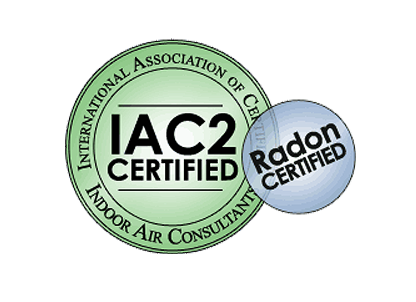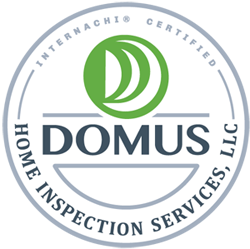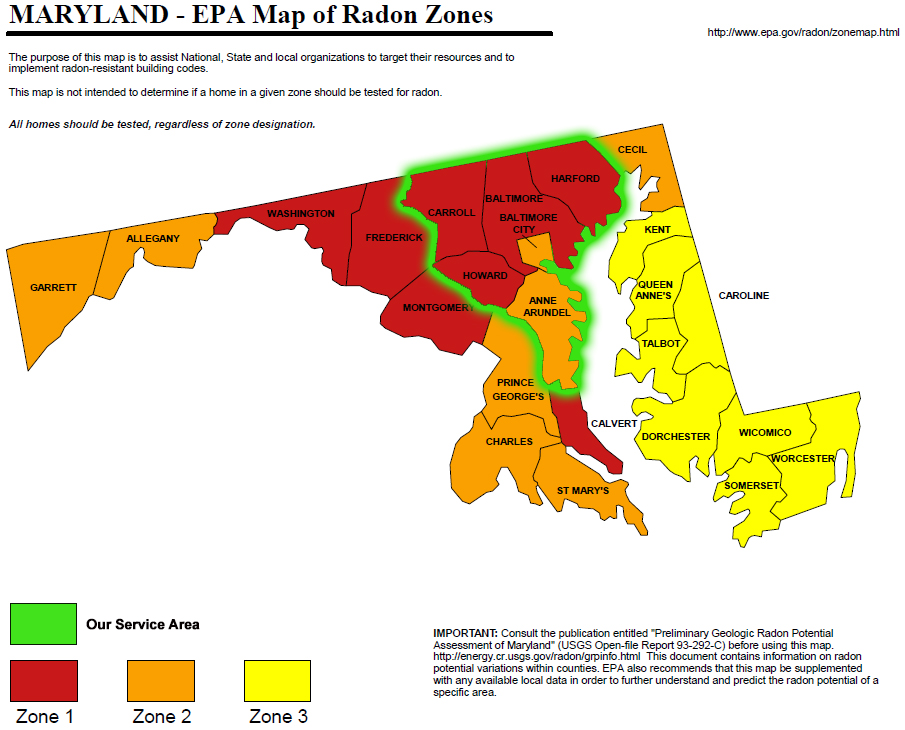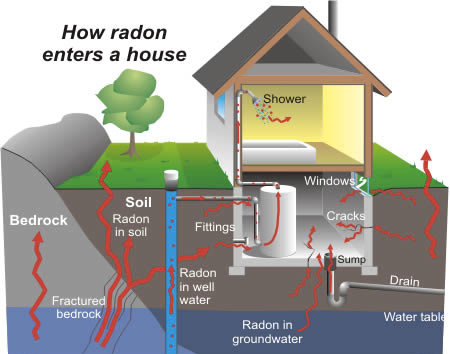Radon Inspections
We use continuous radon monitors in order to obtain a rapid turnaround time necessary for real estate transactions. Results are often obtained in about 2 days and a radon report is generated the same day the monitor is retrieved. Please note that radon testing for a real estate transaction is limited. You may wish to perform follow up testing after the transaction to obtain more accurate results.

What is Radon Gas?
Radon is a radioactive gas that results from a breakdown of elements in the soil and is a natural part of the environment both indoors and out. It can become concentrated in some homes to levels the EPA deems hazardous. The EPA recommends that every home be tested for radon gas. About 20,000 fatalities per year are attributed to radon gas exposure.
Please visit this EPA website page for more information:
Does Radon Gas Exist in the Baltimore Metro Area?
In short, yes. Radon gas is a part of the air we breathe both indoors and outdoors. It can become concentrated to a level deemed problematic by the EPA in some homes. There is no way to tell which home has an elevated level without a radon test. We have found elevated levels of radon gas both inside Baltimore City limits and the surrounding counties.
How Does It Enter My Home?
Radon gas enters the home through the foundation, cracks, holes, fittings, windows, sump pits can all be avenues for radon.
If My Home has an Elevated Level, What Do I Do?
Radon remediation firms can install a radon remediation system to lower the radon level to an acceptable level.
Home buyers and sellers decision making guide to radon
- For a new home, ask if radon-resistant construction features were used and if the home has been tested.
- Fix the home if the radon level is 4 picoCuries per liter (pCi/L) or higher.
- Radon levels less than 4 pCi/L still pose a risk, and in many cases, may be reduced.
- Take steps to prevent device interference when conducting a radon test.
You should test for radon.
Testing is the only way to find out your home’s radon levels. The EPA and the Surgeon General recommend testing all homes below the third floor for radon.
You can fix a radon problem.
If you find that you have high radon levels, there are ways to fix a radon problem. Even very high levels can be reduced to acceptable levels.
If You Are Selling a Home.
The EPA recommends that you test your home before putting it on the market and, if necessary, lower your radon levels. Save the test results and all information you have about steps that were taken to fix any problems. This could be a positive selling point.
- If You Are Buying a Home…
The EPA recommends that you know what the indoor radon level is in any home you are considering buying. Ask the seller for their radon test results. If the home has a radon- reduction system, ask the seller for information they have about the system. - If the home has not yet been tested, you should have the house tested.
- If you are having a new home built, there are features that can be incorporated into yourhome during construction to reduce radon levels.
- These radon testing guidelines have been developed specifically to deal with the time- sensitive nature of home purchases and sales, and the potential for radon device interference. These guidelines are slightly different from the guidelines in other EPA publications which provide radon testing and reduction information for non-real estate situations.
This guide recommends three short-term testing options for real estate transactions. The EPA also recommends testing a home in the lowest level which is currently suitable for occupancy, since a buyer may choose to live in a lower area of the home than that used by the seller.


